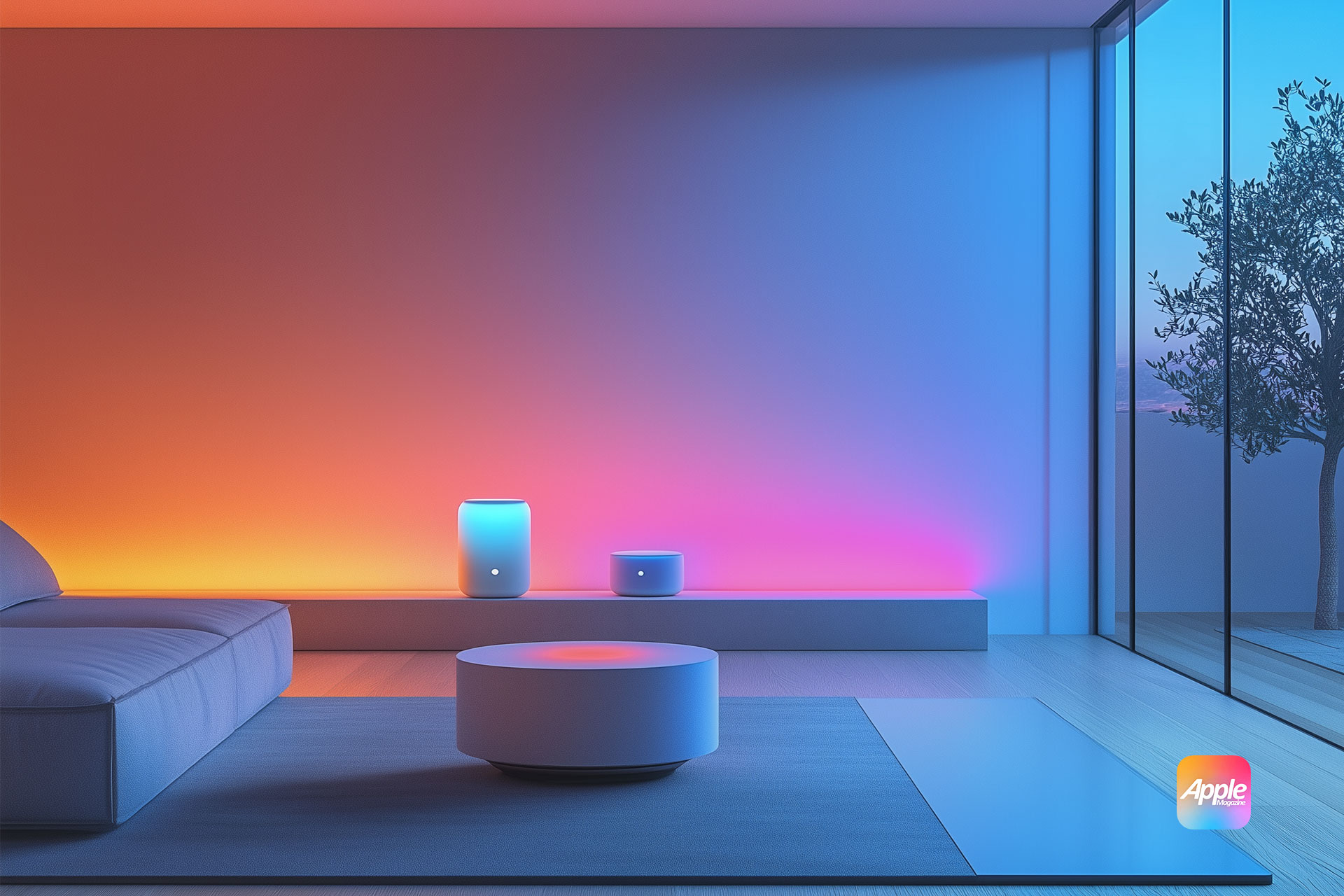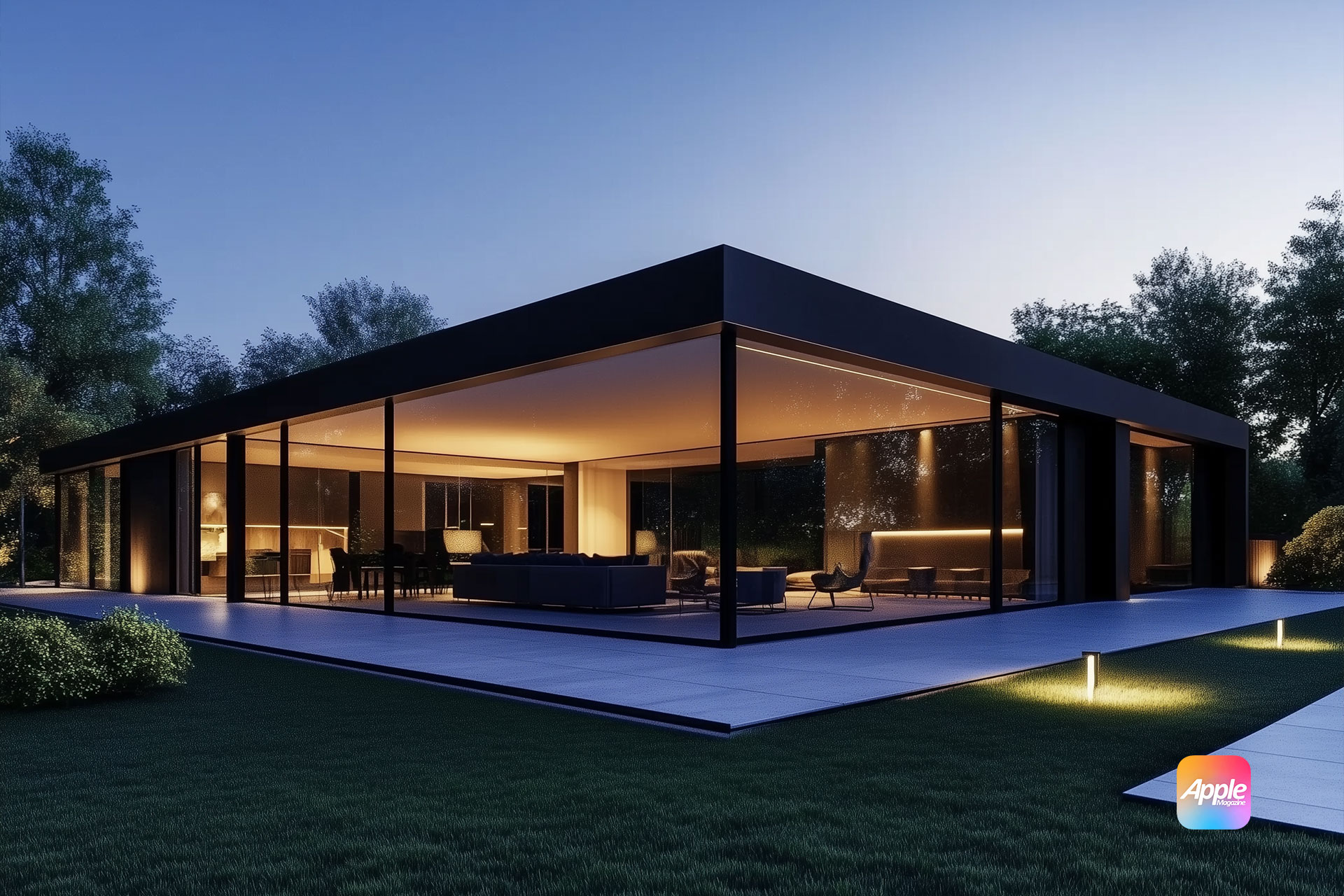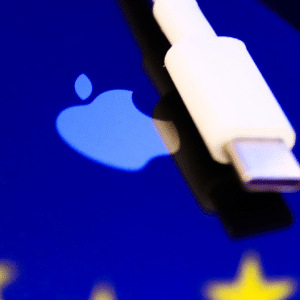Apple has been making headlines thanks to its continued dedication towards a more unified smart tech landscape. This includes their latest announcement regarding the Apple HomeKit Matter integration.
Through this, Apple’s HomeKit can better support a broader range of smart devices, including those from other brands. As a result, creating an interoperable smart home becomes cheaper and more efficient for brands and customers alike.
Additionally, Apple recently shared that they would be enhancing their current Adaptive Lighting system, which will now work with other Matter-enabled smart lights.

This is a promising endeavor, given that this improved accessibility will allow more people to manage their home lighting better, including making necessary adjustments that can significantly lower blue light emissions.
The Dangers of Blue Light
Over the last few years, blue light has become a buzzword for companies hoping to cash in on consumers’ growing health awareness. In reality, blue light is more nuanced than what is said in the mainstream. Blue light refers to an entire spectrum of visible light emitted by natural and artificial sources, including the sun and gadgets. Contrary to popular belief, some wavelengths of blue light (namely, turquoise-blue) are beneficial in regulating key health aspects like moods.

That said, specific blue-violet wavelengths are linked with potential health issues. For instance, a report by ARPANSA reveals the possibility that too much blue-violet light can impair sleep hygiene. Though data around this is not yet final, there have been various links to screen time and sleep disturbances that are hard to ignore. This is because blue light can deregulate the circadian rhythm by simulating daytime. Aside from this, it is also believed to negatively influence eye health, energy levels, and more.
With that, there has been an uptick in blue-light-blocking products of late. Among this selection, blue light glasses have been arguably the most popular. On retailer OPSM, one can see that these specs use an imperceptible lens solution that filters both UV and blue-violet rays between 400 and 455nm. Since these filters don’t affect clarity, other specifications like prescriptions or photochromic lenses can be paired with them.

Aside from this, because the skin is the largest organ exposed to this light, there are now anti-blue light moisturizers. As seen on brands like Higher Education, these are formulated with fractionated melanin to absorb blue light at the skin’s surface.
What Apple’s Adaptive Lighting Upgrade Means
Besides the blue light solutions mentioned above, many people are also looking for ways to curb emissions directly from their staple devices effectively. This is where Apple Home’s Adaptive Lighting comes in. Using HomeKit, consumers can adjust the temperature of their supported lights, ranging from cool blue to warm yellow.
What truly sets these apart is their ability to adjust automatically as the day progresses. With Adaptive Lighting, a home can be programmed to start the day with gentle, warm lights. Then, come midday, when work and tasks are still being completed, the lights can automatically shift into a cooler focus-enhancing hue.

Finally, lights will slowly revert to a calming, warm glow to greet the night. This nighttime adjustment ties back into blue light protection since it specifically adjusts to softer colors that cut out the potentially harmful wavelengths. As it reduces blue light during the evening, the shift is meant to help people settle down faster and fall asleep more easily.
Previously, Adaptive Lighting was limited to bulbs and lights that were compliant with the Apple HomeKit. For example, iOS 14 allowed for compatibility with Nanoleaf LED lights and Phillips Hue bulbs.

With the iOS 18 upgrade, Adaptive Lighting becomes available for all kinds of lights thanks to Matter integration. Naturally, this will still require a smart home environment running under Apple’s ecosystem and only works with products following the Matter interoperability standard. While Apple hasn’t confirmed a complete list of partners, Nanoleaf is already counted among them, and the Adaptive Lighting for Matter launch is expected to go with the iOS 18 upgrades.








